Transborder Immigrant Tool Series: Eat or Drink From Cactuses Only if You’ll Otherwise Die of Thirst
The fourth poem in "The Desert Survival Series/La serie de sobrevivencia del desierto" gives readers pointers on which cactuses to eat and how, warning that many can be harmful.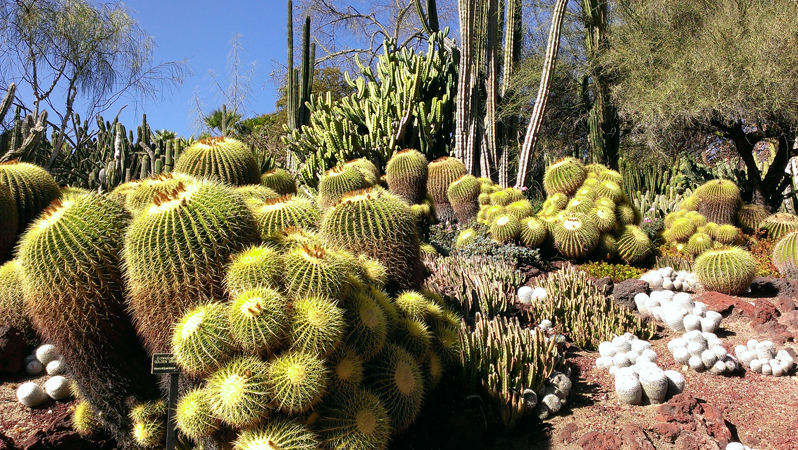 "Not all barrel cacti are created equal," cautions the fourth poem in "The Desert Survival Series." (Wikimedia Commons)
"Not all barrel cacti are created equal," cautions the fourth poem in "The Desert Survival Series." (Wikimedia Commons)
“Not all barrel cacti are created equal,” cautions the fourth poem in “The Desert Survival Series.” (Wikimedia Commons)
The Transborder Immigrant Tool is a GPS cellphone safety-net tool for crossing the Mexico-U.S. border. It was developed by Electronic Disturbance Theater/b.a.n.g. lab in 2007 by artists Micha Cárdenas, Amy Sara Carroll, Ricardo Dominguez, Elle Mehrmand and Brett Stalbaum, in conjunction with CALIT2/Visual Arts Department/University of California, San Diego/Program in American Culture, Latina/o Studies/English Department/University of Michigan, Ann Arbor.
Poet Amy Sara Carroll wrote a series of 24 poems, titled “The Desert Survival Series/La serie de sobrevivencia del desierto,” which were uploaded onto cellphones equipped with simple compasses and interfaces. Each poem is a form of lyrical advice that provides readers and listeners with tools for every hour of a day spent in the pernicious borderlands between the U.S. and Mexico. Truthdig is publishing each of these poems in both Spanish and English in our Poetry section, accompanied with bilingual audio recordings by various contributors to the project. To read the first, second and third poems in the series, click on the hyperlinks. For more information on the project, watch the video presentation below.
The fourth poem in “The Desert Survival Series/La serie de sobrevivencia del desierto,” read in English by Amy Sara Carroll and in Spanish by Iván Chaar-López.
4.
U.S. Marine Corps pilot Lieutenant Edwin Zolnier’s plane crash-landed in the Sonoran Desert. Rescued five days later, Zolnier credited the barrel cactus with keeping him alive. Technically you can survive on moisture from select cacti, but you have to recognize the difference between the tenable and the untenable. Some cacti’s sap and pulp are so toxic you will need to be hospitalized afterward if you drink or eat them. Other cacti won’t kill you, but will leave you sick as a dog. Baseline rule: Only take the risk of eating or drinking cacti if the alternative you face is dying of thirst. Saguaro and organ poison. Punto. And, not all barrel cacti are created equal. To make matters worse, young saguaros easily could be mistaken for barrels. So, don’t just look for squat, rounded cacti; differentiate, think fishhook. J-shaped, outer “fishhook” spines, literally used by the Seri Indians for fishing, mark and distinguish the true rescue cactus from its peers. When you’ve found the right plant, cut off its top with a knife or sharp rock but, don’t expect to find a font of liquid. Center yourself, cut out a chunk of the whitish inner pulp from the cactus’ correspondent center. Chew it. Let the juice run down your throat. Spit out the pulp when you’ve sucked it dry. Don’t swallow the pithy fiber. Rest, digest. (Exertion after eating could cause you to forfeit the little you gained in the process.) If the taste of the juice makes you gag, place the pulp in literal or makeshift shade (e.g., shield it for a short time with your body). Cooler by even a few degrees, its liquid still will taste super-concentrated, more “vegetal” than most vegetables palatable to human beings, but it might be easier to choke down.
El avion piloteado por el Teniente Edwin Zolnier del Cuerpo de Marines de EE.UU. realizo un aterrizaje forzoso en el Desierto de Sonora. Al ser rescatado cinco dÃas más tarde, Zolnier reconoció que el cactus de barril–biznaga–fue lo que lo mantuvo con vida. Técnicamente, se puede sobrevivir de la humedad de ciertos cactus, pero para esto hay que reconocer la diferencia entre lo sostenible y lo insostenible. La pulpa y la savia de algunos cactus son tan toxicas, que tendra que ser hospitalizad@ en caso de beberlas y comerlas. Algunos cactus no l@ mataran, pero pueden dejarle muy enferm@. La regla de oro: Solo corra el riesgo de comer o tomar cactus si la unica alternativa que tiene es morir de sed. El saguaro y el órgano envenenan. Punto. Y no todos los cactus de barril son iguales. Para hacer las cosas mas difÃciles, los saguaros jóvenes se parecen mucho a las biznagas. Asi que no debe concentrarse en buscar solamente cactus chaparros y redondos, tiene que diferenciarlos, piense en los anzuelos. Las espinas en forma de “J,” utilizadas por los indÃgenas seris para pescar, marcan y distinguen los cactus que verdaderamente le salvaran la vida. Cuando haya encontrado el cactus correcto, corte la parte superior con un cuchillo o piedra afilada, pero no espere encontrar una fuente de liquido en su interior. Céntrese, corte un pedazo de la pulpa interior blancuzca que esta en el centro de la planta. MastÃquela. Deje que el jugo baje por su garganta. Escupa la pulpa una vez que le haya chupado todo el liquido. No se trague el bagazo. Descanse, digiera. (Cualquier esfuerzo después de comer, podrÃa causar que perdiera lo poco que ha ganado en el proceso.) Si el sabor de la pulpa le provoca ganas de vomitar, coloque la pulpa bajo la sombra literal o improvisada (e.g., cúbrala por poco tiempo con su cuerpo). Al enfriarse, aunque sea un par de grados, el liquido sabra super concentrado, mas “vegetal” que la mayorÃa de los vegetales apetitosos para los seres humanos, pero puede ser mas fácil de tragar.
Independent journalism is under threat and overshadowed by heavily funded mainstream media.
You can help level the playing field. Become a member.
Your tax-deductible contribution keeps us digging beneath the headlines to give you thought-provoking, investigative reporting and analysis that unearths what's really happening- without compromise.
Give today to support our courageous, independent journalists.
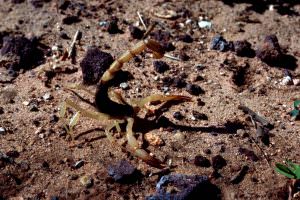
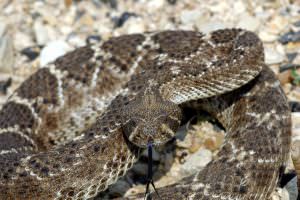
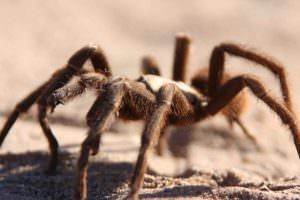
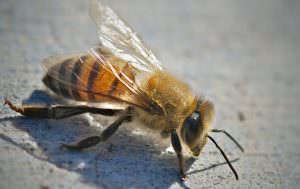

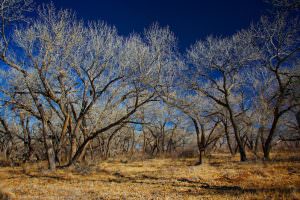
You need to be a supporter to comment.
There are currently no responses to this article.
Be the first to respond.